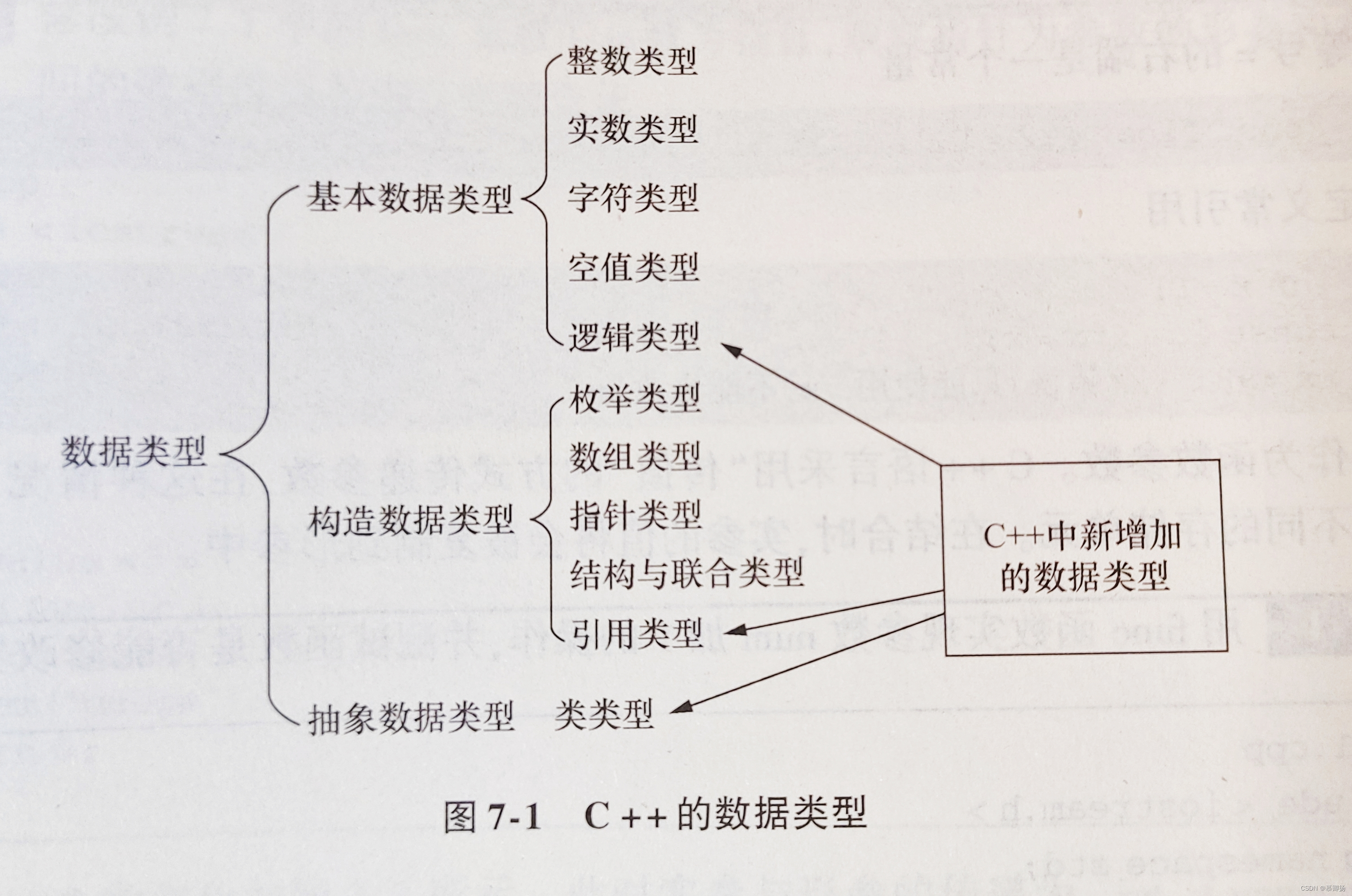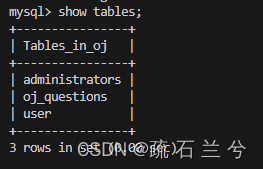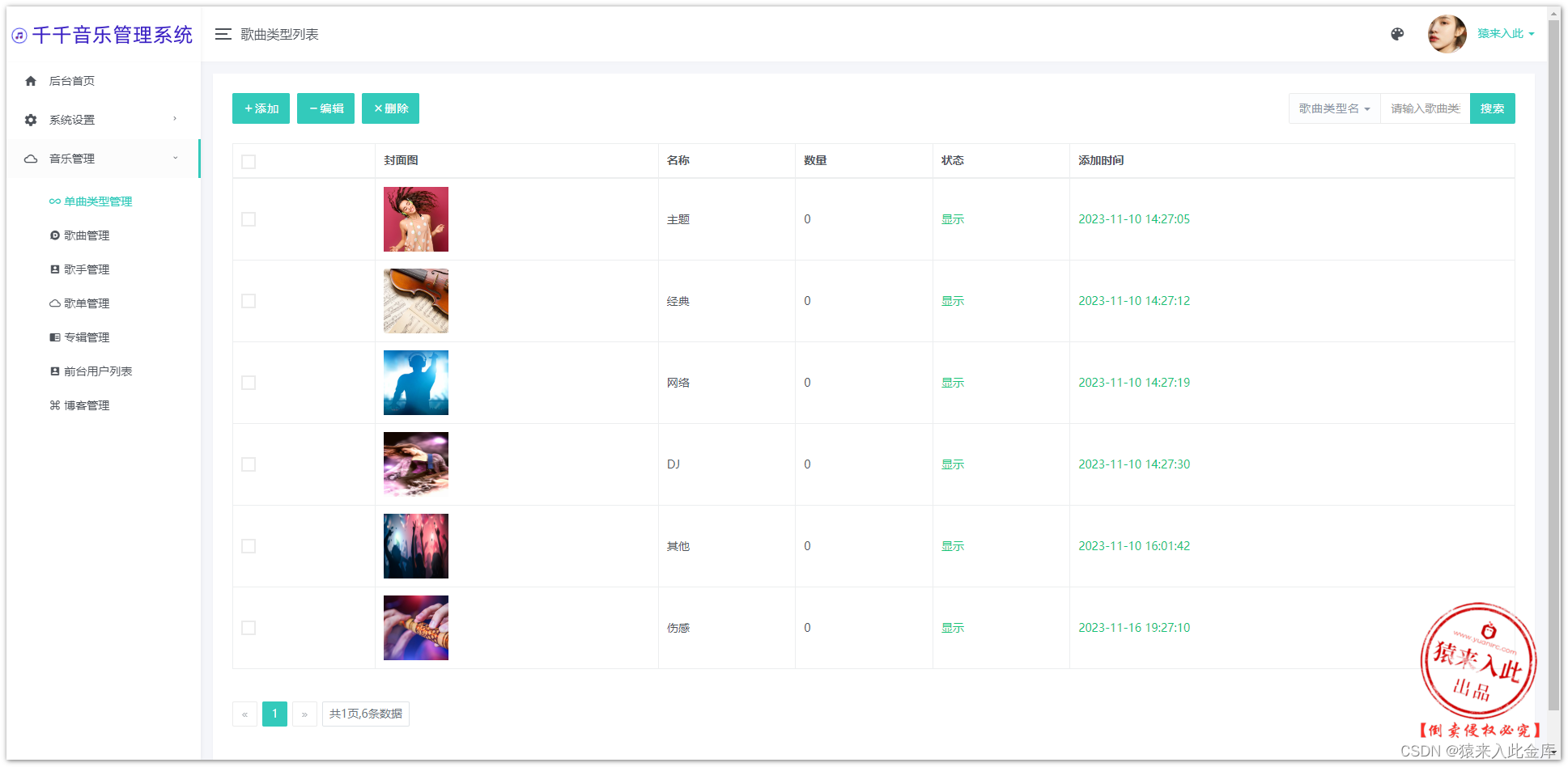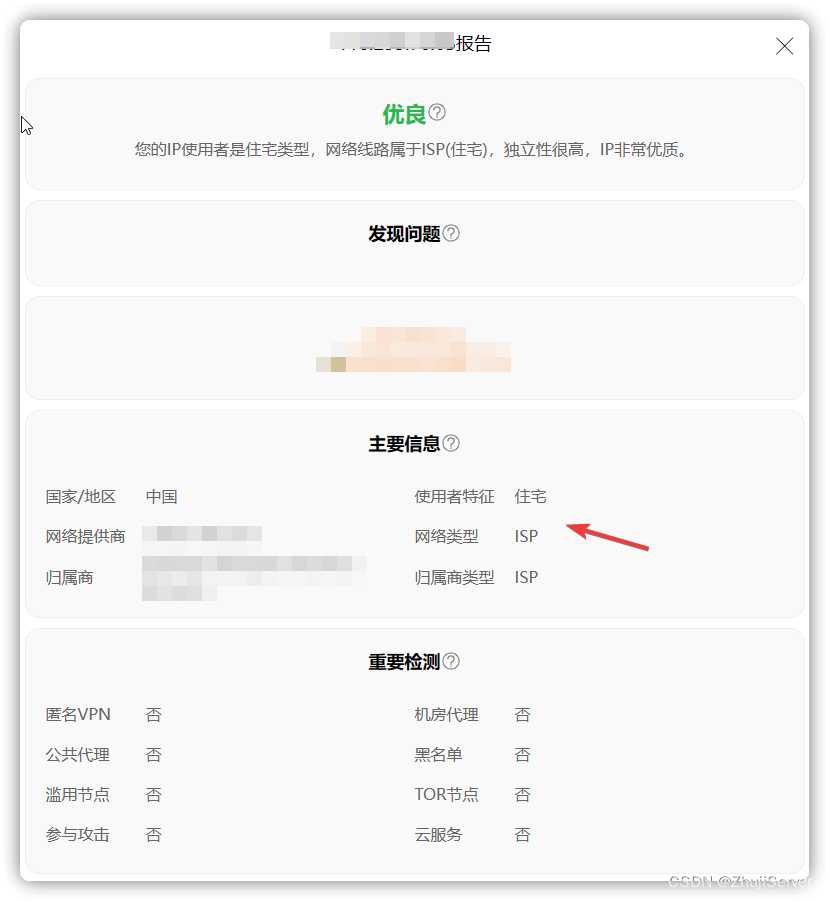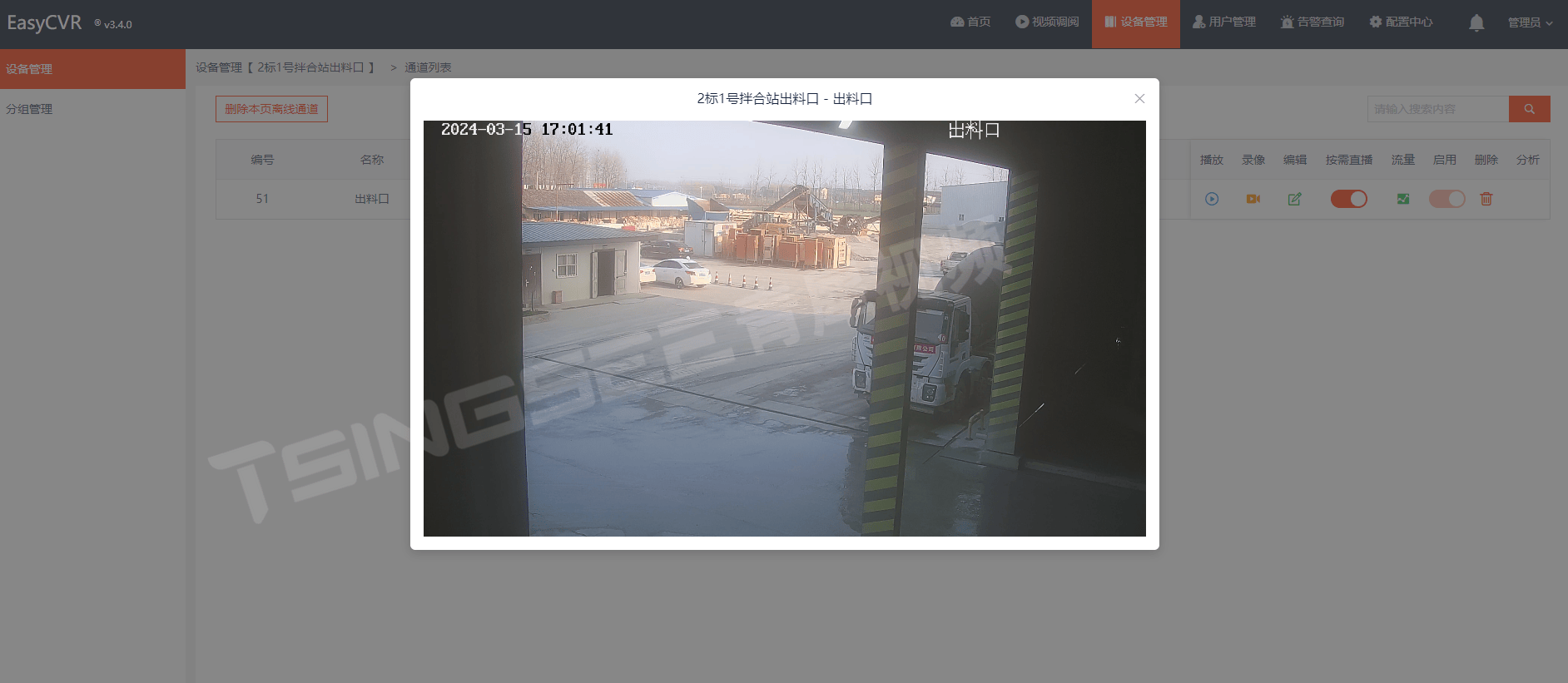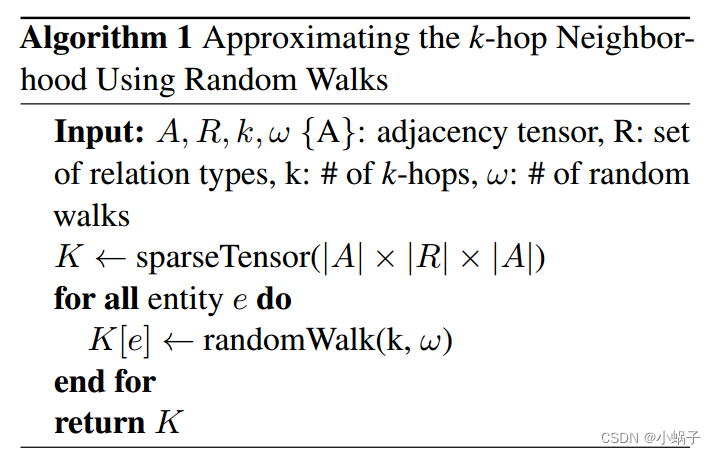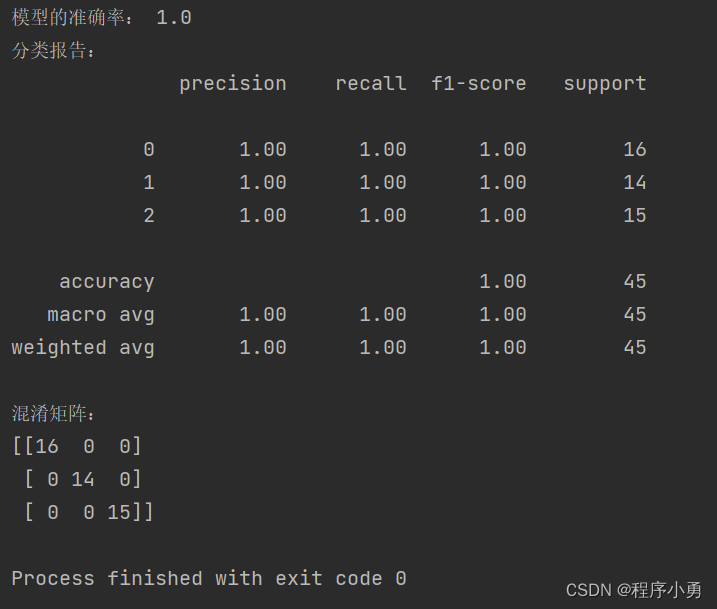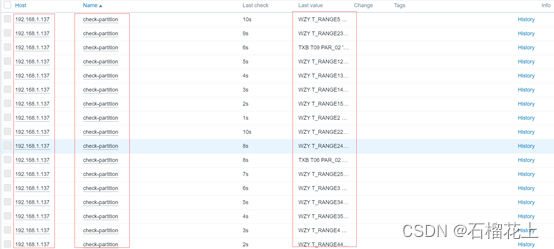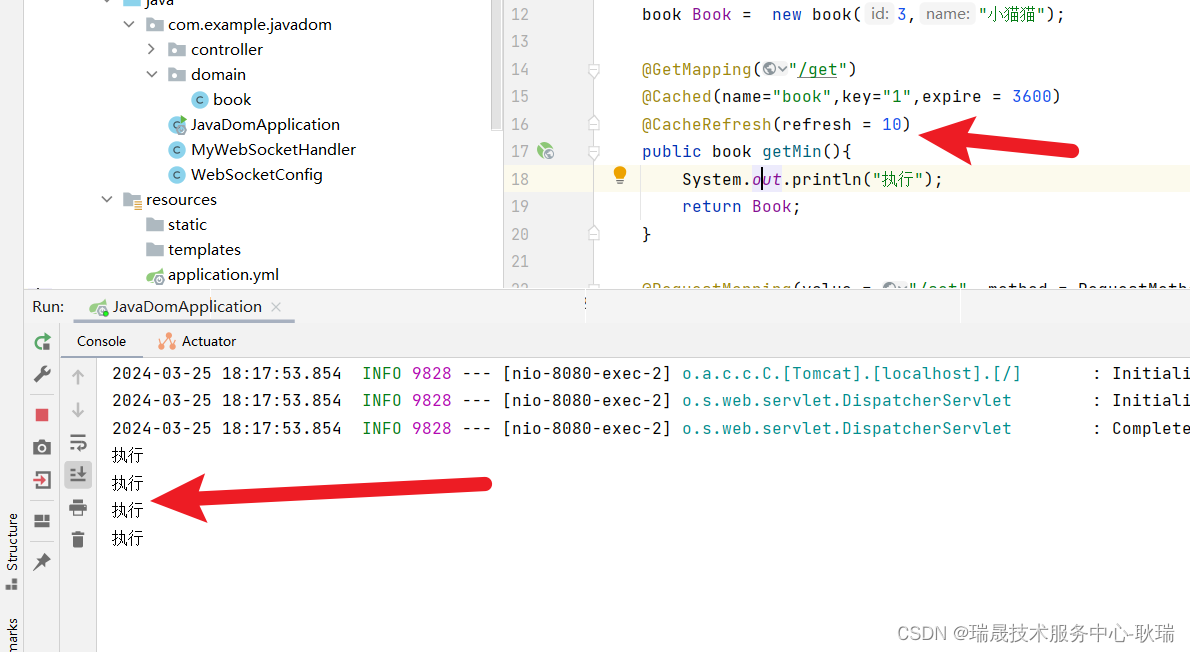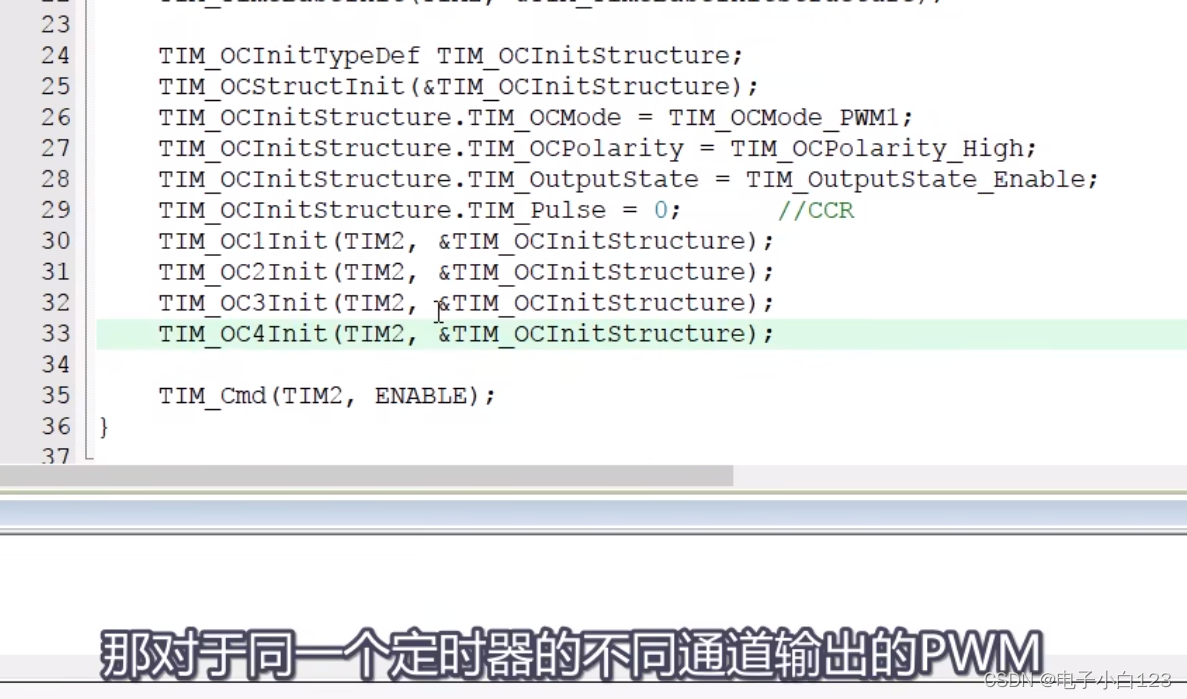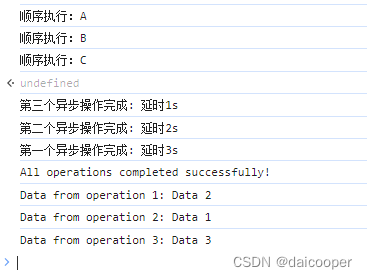![]()
================================
分享一个材料弹性和机械性能的高效计算和可视化工具包: ElasTool v3.0。
感谢论文的原作者!
================================
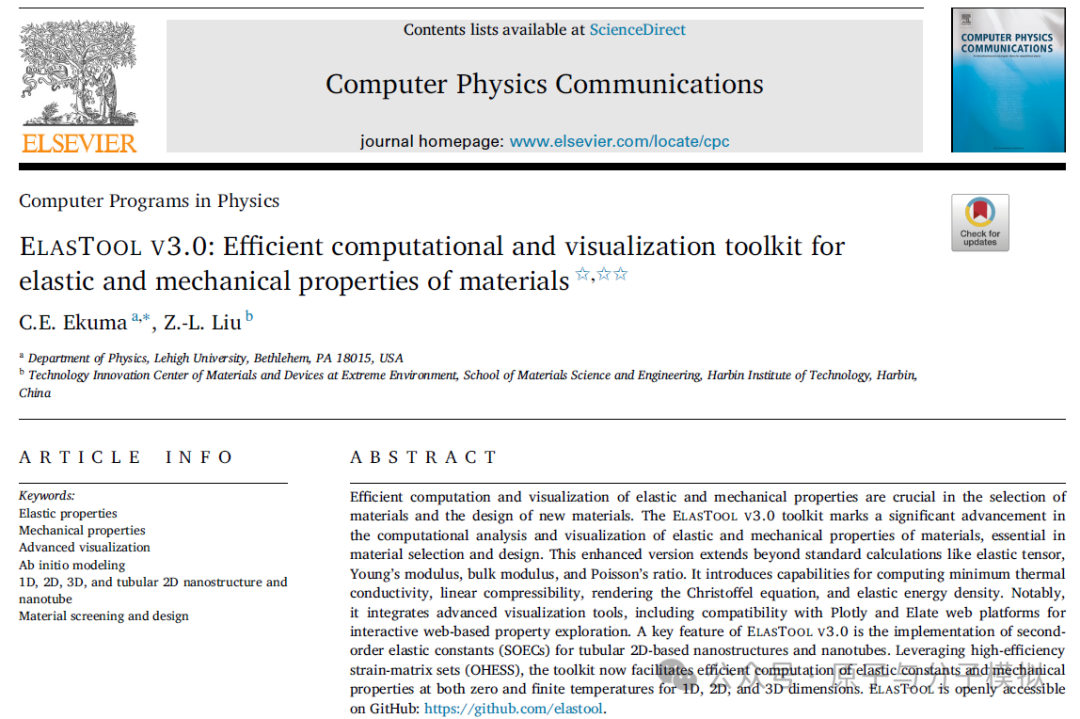
================================
主要内容
“弹性和机械性能的高效计算和可视化对于材料的选择和新材料的设计至关重要。该工具包标志着材料弹性和机械性能计算分析和可视化方面的重大进步,对材料选择和设计至关重要。该增强版超越了弹性张量、杨氏模量、体积模量和泊松比等标准计算。它引入了计算最小热导率、线性可压缩性、渲染克里斯托弗方程和弹性能量密度的功能。值得注意的是,它集成了先进的可视化工具,包括与 Plotly 和 Elate 网络平台的兼容性,可用于基于网络的交互式属性探索。它的一个主要特点是实现了管状二维纳米结构和纳米管的二阶弹性常数(SOEC)。利用高效应变矩阵集(OHESS),该工具包现在可以在零温和有限温度下高效计算一维、二维和三维的弹性常数和机械性能”——取自文章摘要。
================================
Key Features
The ElasTool toolkit offers several features, including:
-
Easy to use (installation and running)
-
High efficiency
-
Automated flow of the SOECs calculations
-
Choice of three kinds of strain-matrix sets: OHESS, ASESS, and ULICS
-
Capability to compute SOECs at zero temperature
-
Capability to compute SOECs at high-temperature and/or high-pressure
-
Ability to calculate the elastic and mechanical properties of 3D, 2D, coaxially rolled 2D-based van der Waals, and 1D nanotube materials.
================================
Expanded Capabilities
ElasTool offers a comprehensive range of features for analyzing various material properties:
-
Elastic Tensors: Generates a detailed text file for in-depth post-processing.
-
Young's Modulus: Evaluates the material's stiffness under uniaxial stress.
-
Poisson Ratio: Determines the ratio of transverse strain to axial strain.
-
Shear Modulus: Assesses the material's response to shear stress.
-
Bulk Modulus (3D/1D), Stiffness Constant (2D): Measures volume change under pressure and in-plane stiffness, respectively.
-
Pugh Modulus Ratio: Provides insights into the material's ductility.
-
Layer Modulus (2D Materials): Evaluates in-plane elasticity of layers.
-
Sound Velocities: Longitudinal, transverse, and average sound velocities.
-
Debye Speed: Estimates phonon propagation speeds.
-
Linear Compressibility: Assesses the material's response to linear compressive stress.
-
Debye Temperature: Evaluates the material's thermal properties.
-
Minimum Thermal Conductivity: Utilizes Clarke and Cahill equations to estimate thermal conductivity limits.
-
Strain Energy Density: Provides insights into the material's energy absorption capacity.
-
Hardness Estimation: Employs various empirical equations to predict Vickers hardness.
-
Fracture Toughness Analysis: Evaluates the material's resistance to crack propagation.
-
Elastic Anisotropy: Examines directional variations in material properties.
-
Compliance Matrix Eigenvalues: Investigates the material's mechanical response characteristics.
-
Solution of the Christoffel Equations*:
================================
Figure 1 ELASTOOL 程序的计算过程
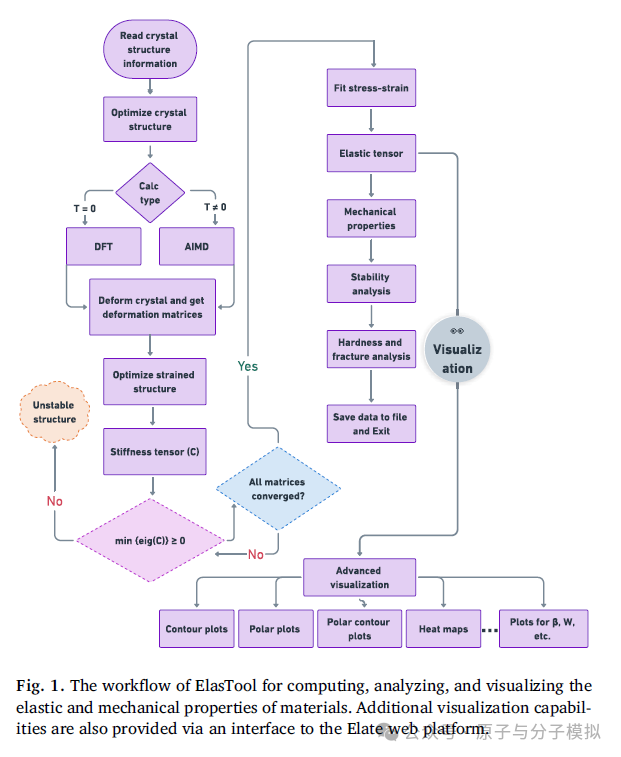
Figure 2 杨氏模量、体弹模量、剪切模量、泊松比的三维可视化结构
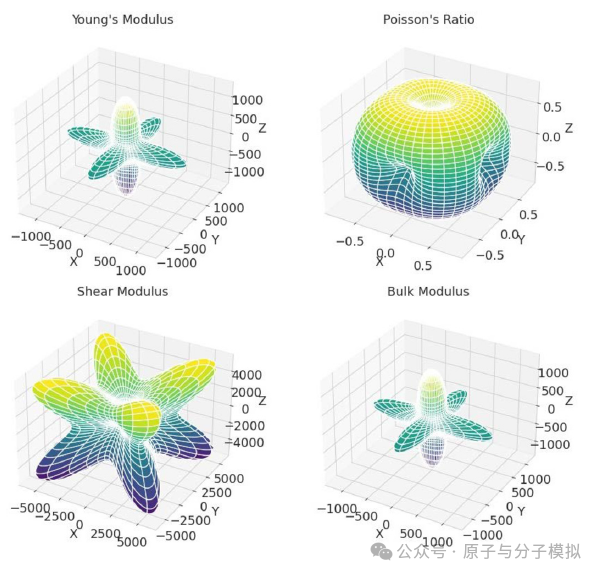
Figure 3 沿 [100]、[̄ 110] 和 [111] 不同晶体学方向的泊松比等值线和三维投影
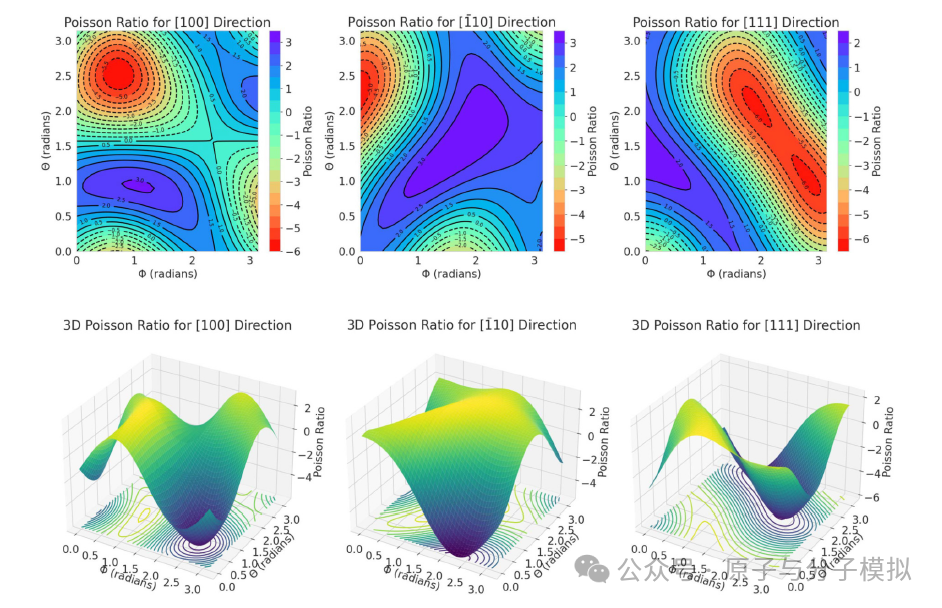
Figure 4 各种机械性能有限成分的极轮廓图
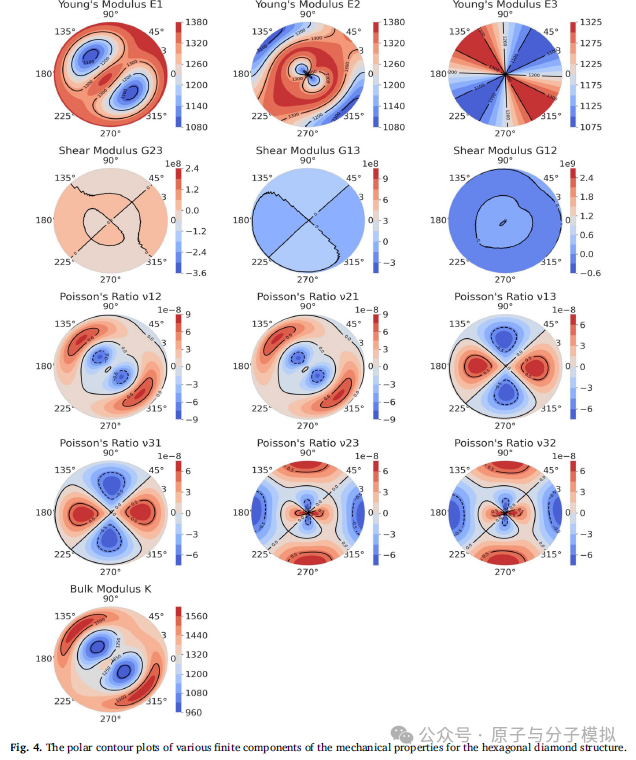
Figure 6
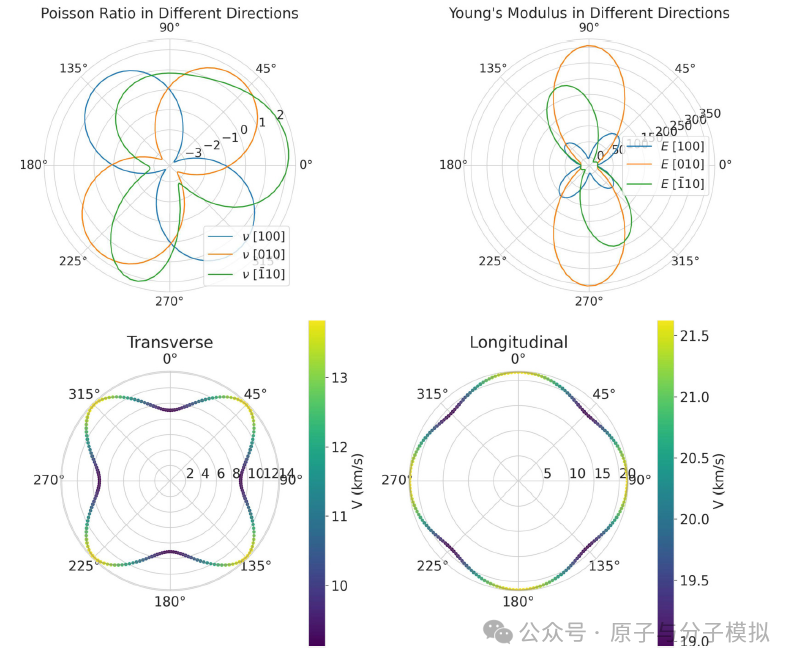
Figure 7
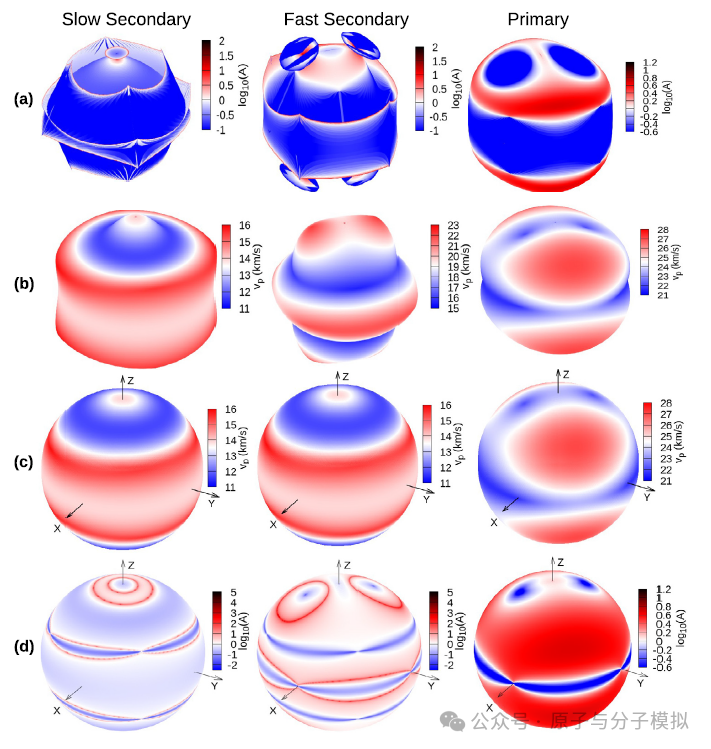
================================
![]()
以上是我们分享的一些经验或者文章的搬运,或有不足,欢迎大家指出!
如有侵权,请联系我立马删除!
详细内容(文章题目、文章链接、附件下载)可在微 信 公 众 号:原子与分子模拟获取,欢迎大家关注。

